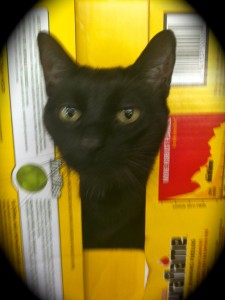
Sent out a story to an audio market.
More on Circus In the Bloodwarm Rain (novel): 574
Prairie Dog Town (working title)(story): 715 words. I’ve rounded the 3k mark on this, and think I’m in the home stretch. I want to finish it soon, so I have a few days to lay it aside and let it cool before I pick it up to polish as the next Patreon story.
Letters to My Father (story): 474 words, which finished it off, and sent it back to my charming collaborator/spouse.
Carpe Glitter (story): 457Â words, still a long way to go.
Total wordcount: 2220. As always I may try to get in a little more tonight, but probably not.
New Spanish vocabulary: a la parilla (grilled), la acera (the sidewalk), el barro (the mud), el largato (the lizard), la libreria (the bookstore)
Today’s been gorgeous and sunny, though very hot. We walked to Taco Bar for lunch, and found the food both delicious and a pretty good bargain. Then past the super mercado for dinner supplies and the trudge back home.
As noted on Twitter, I’ve been reading The Wheel of Time series since embarking on this trip, and I’ve finally hit the Brandon Sanderson part. Between that and spending so much time in travel, I haven’t had much time to read anything else, but I did finish up the first two books of Jeff VanderMeer’s Southern Reach trilogy, Authority and Annihilation, which I highly recommend. The final volume, Acceptance, comes out September 2.





